8 Inventors Who Were Killed by Their Own Inventions
- Oops!Something went wrong.Please try again later.
- Oops!Something went wrong.Please try again later.
From the 'Titan' submersible to the 'Titanic' ocean liner, these innovations backfired with catastrophic consequences
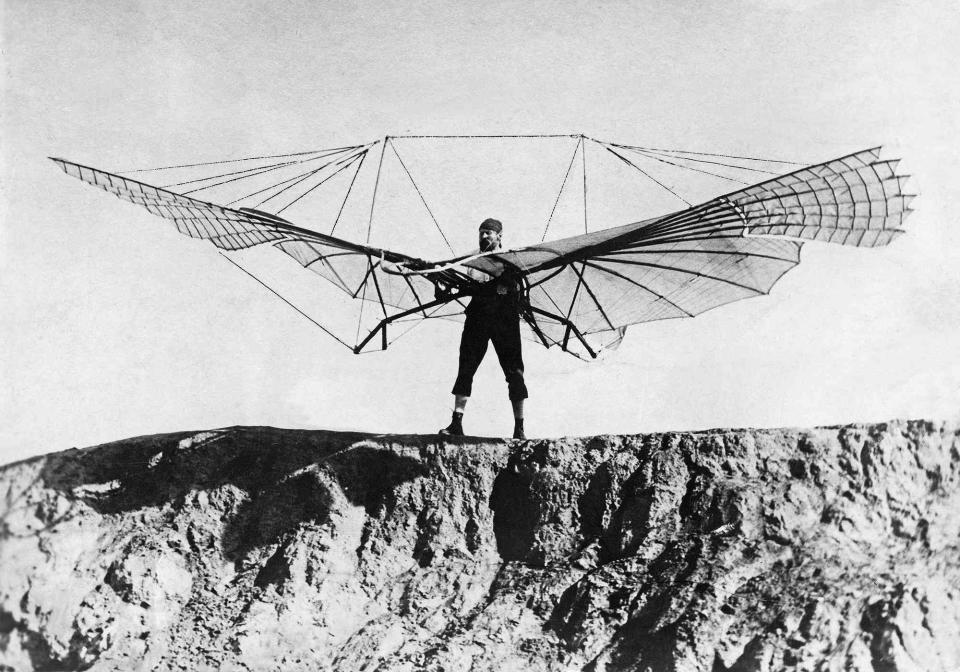
ullstein bild/ullstein bild via Getty
Otto LilienthalThe CEO of OceanGate Expeditions, Stockton Rush, officially holds a place on Wikipedia's list of inventors killed by their own inventions. The Titan submersible allowed him and his passengers to dive miles deep into the ocean and explore the sunken Titanic until June 2023, when Rush's creation failed to withstand the pressure of the ocean.
Wikipedia's record places Rush and the Titan directly under naval architect Thomas Andrews and his maritime invention: the RMS Titanic. The shipbuilder died along with 1,500 other passengers when the boat crashed and sank to the seafloor in 1912. Unlike the debris of the boat he designed, Andrews' body was never found.
Read more about Stockton Rush, Thomas Andrews and other tragic figures who add a disturbing layer to the phrase "meet your maker."
Stockton Rush
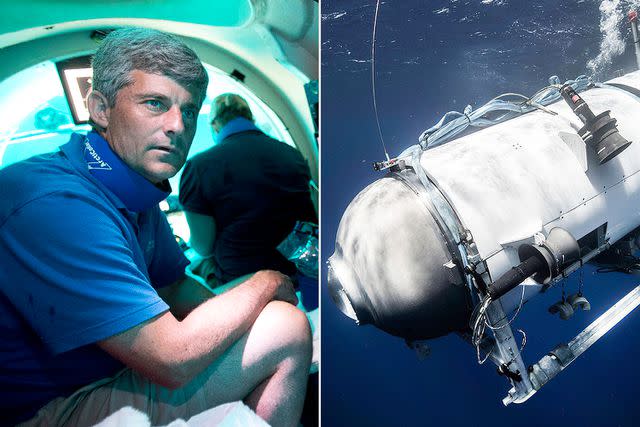
AP Photo/Wilfredo Lee; Alamy Stock Photo
Stockton Rush and the OceanGate submersibleStockton Rush, the CEO of OceanGate Expeditions, died inside of his Titan submersible, a compact vessel Rush created to explore the wreckage of the ill-fated RMS Titanic. The engineer and four other Titan passengers were declared missing during a June 2023 mission to the sunken ship, which lies 12,500 feet under water. It was later confirmed that the submersible – which bolted in explorers from the outside – had imploded under the deep sea's pressure.
In November 2022, reporter David Pogue boarded the vessel for a CBS Sunday Morning segment and shared a concerning note on a passenger waiver. The form warned that Titan “has not been approved or certified by any regulatory body” and that the trip “could result in physical injury, disability, emotional trauma or death.”
Fred Hagen, a previous passenger on the Titan, told PEOPLE that Rush constructed the 20-foot-long vehicle to "democratize the sea and open it up to individuals." He qualified that Rush's deep sea exploration was not a tourist endeavor. The Titan, said Hagen, was meant to hold "mission specialists" with passions for science, history and "recording the condition and deterioration of the iconic shipwreck known as the Titanic.”
Thomas Andrews
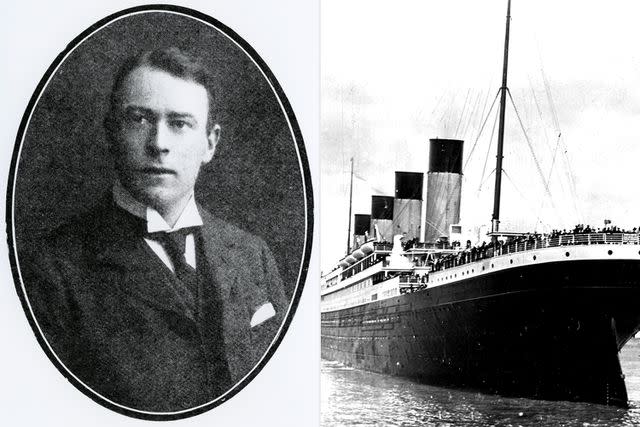
Alamy Stock Photo; Universal History Archive/UIG via Getty
Thomas Andrews and the RMS TitanicBehind Stockton Rush, the RMS Titanic's shipbuilder Thomas Andrews is the second-most recent maritime inventor to be killed by his own work. According to Scientific American, the naval architect wanted to have another row of lifeboats installed on the massive vessel. If his idea hadn't been rejected, there would have been enough emergency accommodations to save every passenger and crew member aboard.
He is largely remembered as a hero, having spent his final hours guiding people to safety in lifeboats, as described by the BBC.
Luis Jiménez
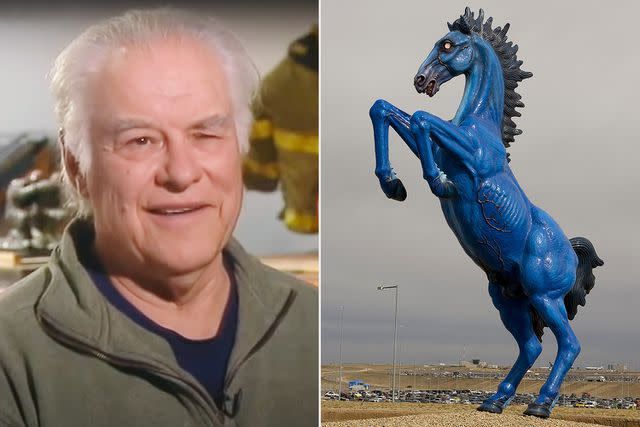
Smithsonian American Art Museum/YouTube; George Rose/Getty
Luis Jimenez and his "Mustang" sculpture at the Denver AirportAccording to his obituary in The New York Times, sculptor Luis Jiménez was fatally injured while working on an elaborate sculpture commissioned by Denver International Airport. The report claims a piece from Jiménez's 32-foot mustang came loose and pinned "pinned him against a steel support."
The bright blue horse was completed after its creator's death, and still stands outside of the Colorado airport.
Jean-François Pilâtre de Rozier
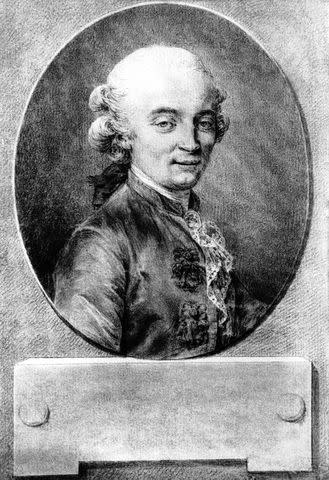
API/Gamma-Rapho via Getty
Jean-François Pilâtre de RozierIn 1783, Jean-François Pilâtre de Rozier made the first untethered manned balloon flight. He tragically made aviation history again in 1785, when he crashed his own invention, the hybrid Rozière balloon. Rozier and his flight companion, Pierre Romain, became the first two people to die in an air crash.
Despite the violent end to its inventor's life, the Rozière balloon – which uses a combination of hot air and helium – continues to be used today. In 2016, voyager Fyodor Konyukhov flew the vessel around the world in just 11 days, setting a world record for fastest balloon circumnavigation.
Otto Lilienthal
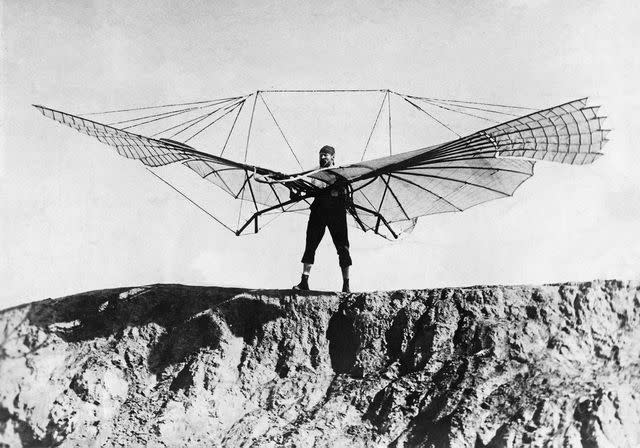
ullstein bild/ullstein bild via Getty
Otto LilienthalGerman inventor Otto Lilienthal met an untimely end when he fell nearly 50 feet through the air while operating the first controllable glider. The inventor first operated the hang glider's predecessor in 1891, just five years before his death. He pioneered the aerodynamic phenomenon known "heavier than air" flight, which led to the conception of the fixed-wing aircraft.
His legacy speaks for itself: Lilienthal is widely remembered as the "father of flight," and the Wright Brothers credited his discoveries as one of their chief inspirations.
Franz Reichelt
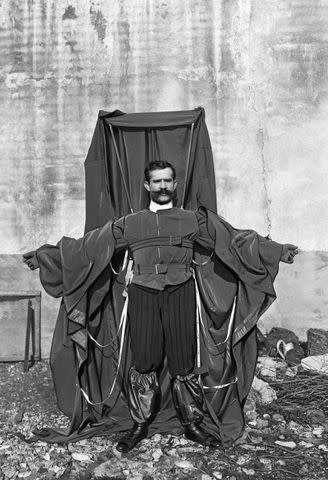
ullstein bild/ullstein bild via Getty
Franz ReicheltRemembered as the "flying tailor," Franz Reichelt jumped off the Eiffel Tower to his death while trying to test a wearable parachute in 1912. The dressmaker's goal was to create a way for pilots to survive a fall from an aircraft, but in the end he was unable to achieve the same success he observed when using dummies.
Reichelt informed the press of his intention to perform an experiment, though he didn't reveal that he'd be the test subject, not a dummy. A crowd of people saw the inventor's worn parachute fold immediately in the air and watched his gruesome fall.
Marie Curie
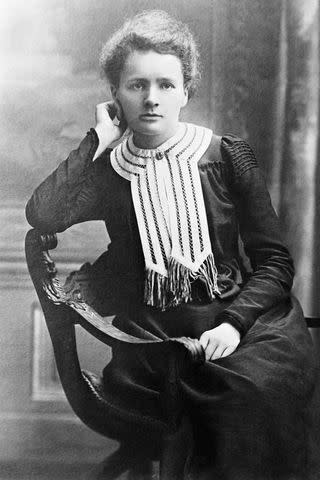
Thanks to her trailblazing research and discovery of radioactive elements, Marie Curie won Nobel Prizes in physics and chemistry. She was the first woman to win the award, the first person to win twice and remains the only person to win the prize for work in two different fields.
Curie's great success in radioactivity (a term which she coined) also paved the way for her demise. She contracted aplastic anemia and died at age 66 in 1934. Her fatal condition was believed to be the result of prolonged exposure to ionizing radiation, the danger of which wasn't yet understood at the time.
According to The New York Times, Curie never acknowledged radioactivity's toll on her health. However her daughter, Irene Joliot-Curie, and son-in-law, Frederic Joliot-Curie, also died of radiation-induced diseases after they continued her work in with the harmful materials.
William Bullock
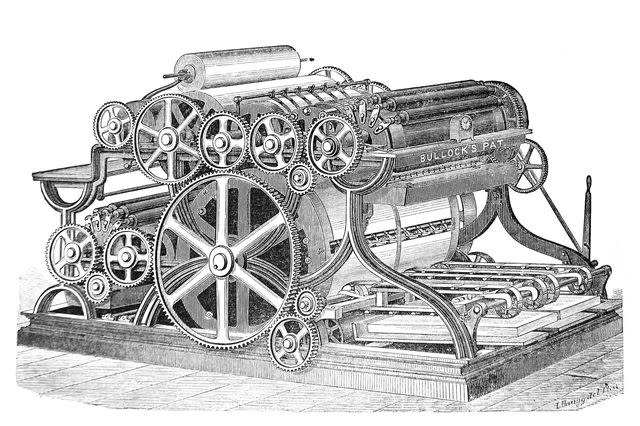
Alamy Stock Photo
William Bullock's Rotary PressWilliam Bullock greatly advanced the publishing industry when he introduced the web rotary press (pictured) in 1863, an improved version of Richard March Roe's original press made 20 years earlier. Using Bullock's new device, operators no longer had to tediously hand-feed paper into the machines. The printing press self-adjusted and automatically loaded large amounts of paper into rollers.
In 1867, Bullock jammed his leg in one of the machines while installing a web rotary press for the Philadelphia Public Ledger newspaper. The injury led to gangrene, and Bullock died during his amputation operation.
For more People news, make sure to sign up for our newsletter!
Read the original article on People.

